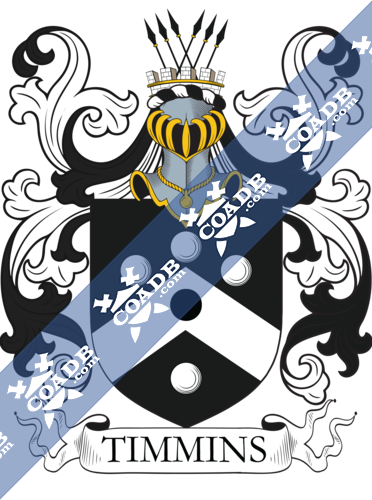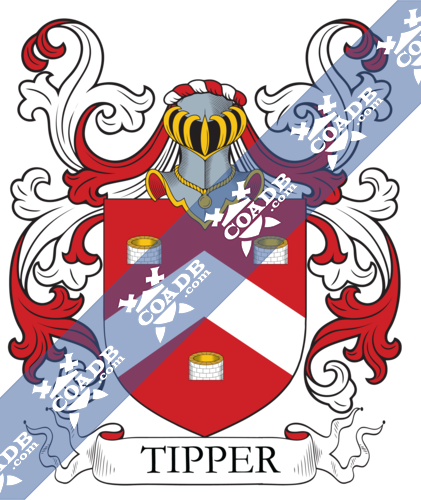Tinker Family Crest, Coat of Arms and Name History

Tinker Coat of Arms Gallery
Don’t know which Coat of Arms is yours?
We can do a genealogical research. Find out the exact history of your family!
Learn MoreThis interesting surname is of early English origin, and is professional for a mender of pots and pans. The name acquired from the Middle English (1200 – 1500) ‘tink(l)er’, of uncertain origin. Travelling pedlars were also known by this name because they made their approach known by tinking, by either ringing or making a tinkling noise.
More common variations are: Tincker, Tinaker, Tinnker, Tienker, Tinkher, Tineker, Tiencker, Teiniker, Tonker, Tanker. The surname Tinker first appeared in London, where a Laurence Tinekere is a listing from 1244-46 in “The History of St. Bartholomew’s Hospital.” From early times, recordings of Tinker can found in both southern and northern England.
The very first recording spelling of the family was shown to be that of Robert le Tinker, dated 1243, in the “Assize Rolls of Somerset”. It was during the reign of King Henry 111, who was known as “The Frenchman”, dated 1216-1272. Surname all over the country became a necessity with the introduction of personal taxation. It came to be known as Poll Tax in England. Surnames all over the country began to develop with unique and shocking spelling varieties of the original one.
Some of the people with the name Tinker who arrived in the United States in the 17th century included Thomas Tinker, his wife and their son, who arrived in Plymouth, MA, in 1620. Thomas Tinker, who arrived in Plymouth, Mass in 1620. John Tinker, who arrived in Boston, Massachusetts in 1635. John Tinker, who arrived in Boston in 1635. Ann Tinker, who settled in Virginia in 1657. Some of the people with the surname Tinker who arrived in the United States in the 19th century included Melger Tinker, aged 16, who landed in Pennsylvania in 1739. Some of the people with the surname Tinker who came in the Canada in the 18th century included Mary Tinker, who settled in New Brunswick in 1779.
Blazons & Genealogy Notes
Argent a chevron between three attires of a stag affixed to the scalp sable. Crest—A cross crosslet azure.







